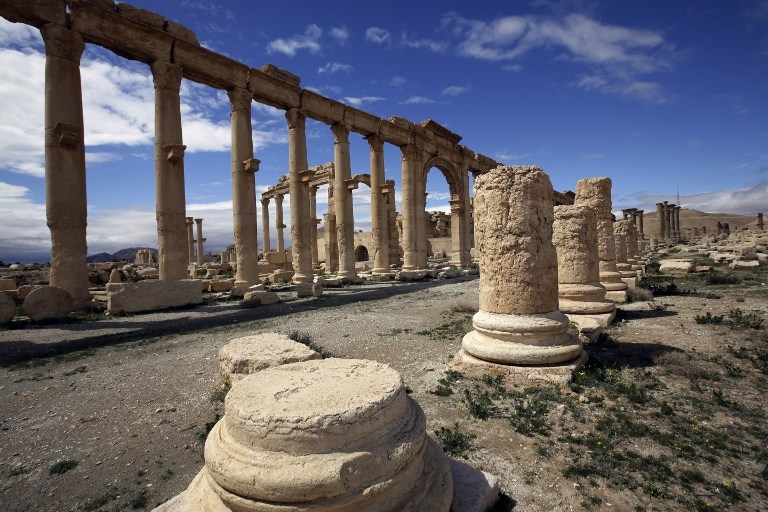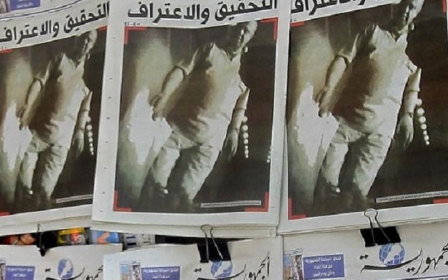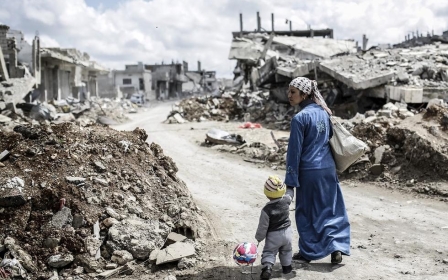Syria sends reinforcements as IS closes on Palmyra

Syria's army dispatched reinforcements to Palmyra in a bid to push back members of the Islamic State group who advanced on Friday to within touching distance of the ancient city, officials and a monitor said.
"Islamic State group jihadists are now one kilometre from the archeological site of Palmyra," Rami Abdel Rahman, director of the Syrian Observatory for Human Rights, told AFP.
"The regime sent reinforcements and the army is bombing the surroundings of Tadmor from the air," he said, using the Arabic name for Palmyra.
UNESCO describes Palmyra as a heritage site of "outstanding universal value".
The ancient metropolis stood on a caravan route at the crossroads of several civilisations and its 1st and 2nd century temples and colonnaded streets mark a unique blend of Graeco-Roman and Persian influences.
Since IS's offensive began on Tuesday night, more than 138 combatants - including 73 soldiers and 65 militants - have been killed.
At least 26 civilians were executed by IS, including 10 by beheading, after they were accused of "collaborating with the regime" in villages near Palmyra that IS overran.
But the governor of central Homs province, where Palmyra is located, said the situation was "under control".
"The army has sent reinforcements and it is bombing the (IS) positions from the air," said Talal Barazi.
According to Barazi, the inner city houses about 35,000 people, including displaced Syrians who fled there after their hometowns were engulfed in violence, and the suburbs host roughly another 35,000.
The Britain-based Observatory said more than 100,000 people lived in and around Palmyra.
Since Tuesday, IS seized all government checkpoints between Palmyra and the town of al-Sukhna, which lies roughly 80km away.
Syria's director of antiquities Maamoun Abdelkarim called on the international community to prevent Palmyra's destruction, which he said would be "an international catastrophe".
It would not be the first time that government troops have lost control of Palmyra. Rebels held the site from February to September 2013 before the government recaptured it.
One of the ancient city's masterpieces, the Temple of Baal, suffered some damage during the accompanying artillery exchanges.
Videos depicting IS destroying other archeological sites, including Nimrud in Iraq, have been met with international shock.
Meanwhile, the Islamic State (IS) group executed at least 23 civilians on Friday as they advanced towards Palmyra, a monitoring group said.
The Syrian Observatory for Human Rights said nine children were among the 23 shot dead by IS militants near the UNESCO world heritage site.
"The Islamic State group executed by gunfire 23 civilians, including nine children, in the village of Amiriyeh, north of Tadmor," Observatory chief Rami Abdel Rahman told AFP.
New MEE newsletter: Jerusalem Dispatch
Sign up to get the latest insights and analysis on Israel-Palestine, alongside Turkey Unpacked and other MEE newsletters
Middle East Eye delivers independent and unrivalled coverage and analysis of the Middle East, North Africa and beyond. To learn more about republishing this content and the associated fees, please fill out this form. More about MEE can be found here.




